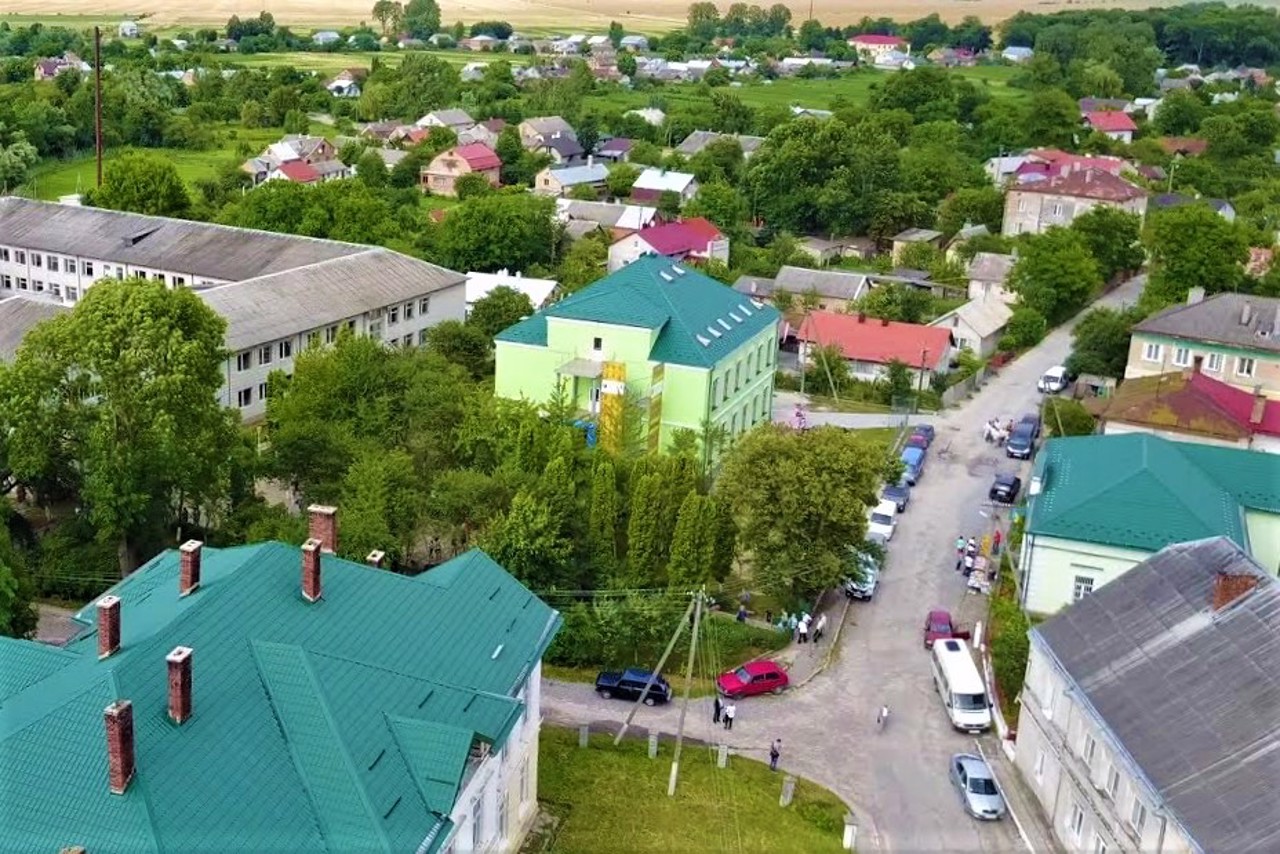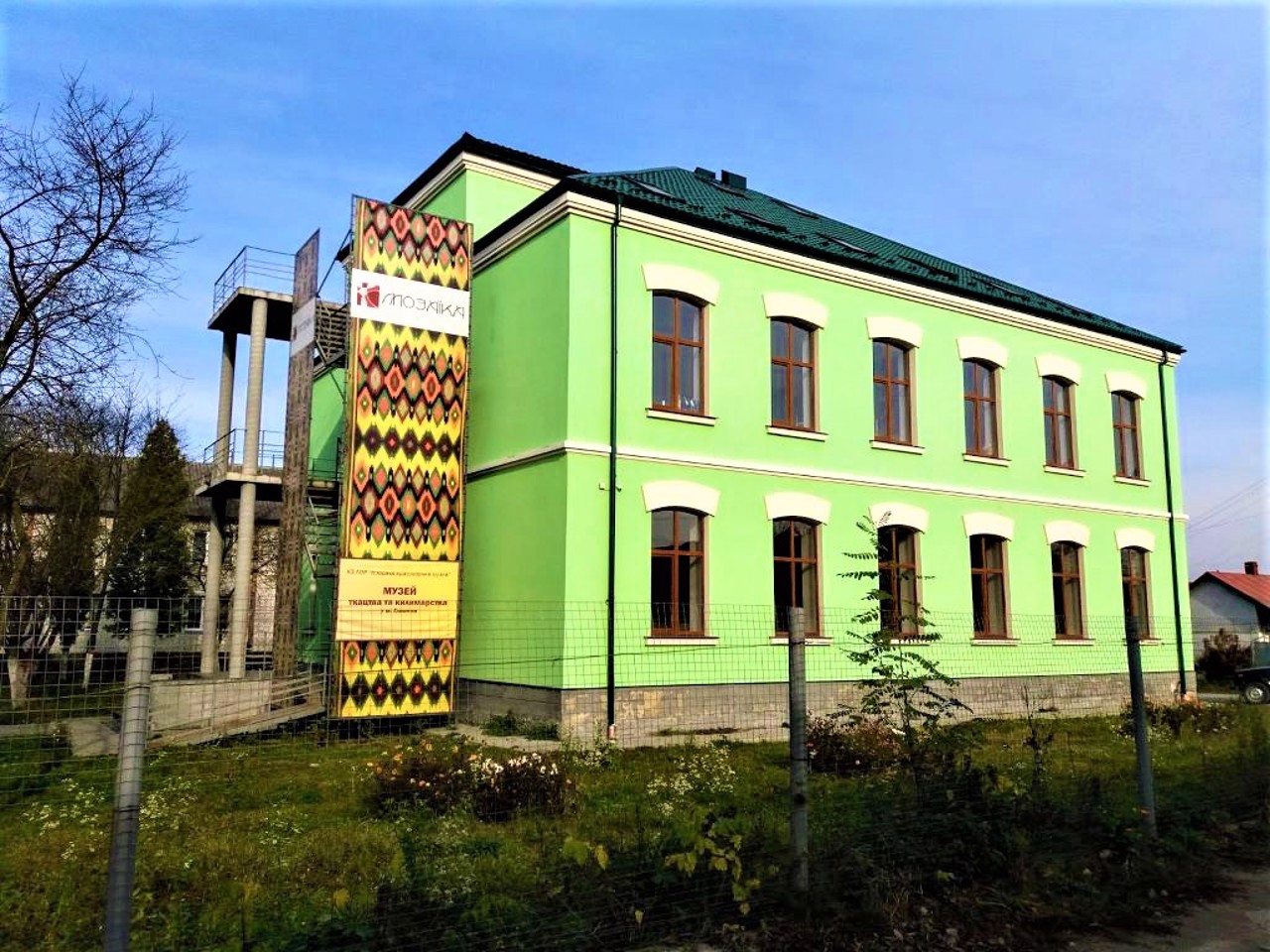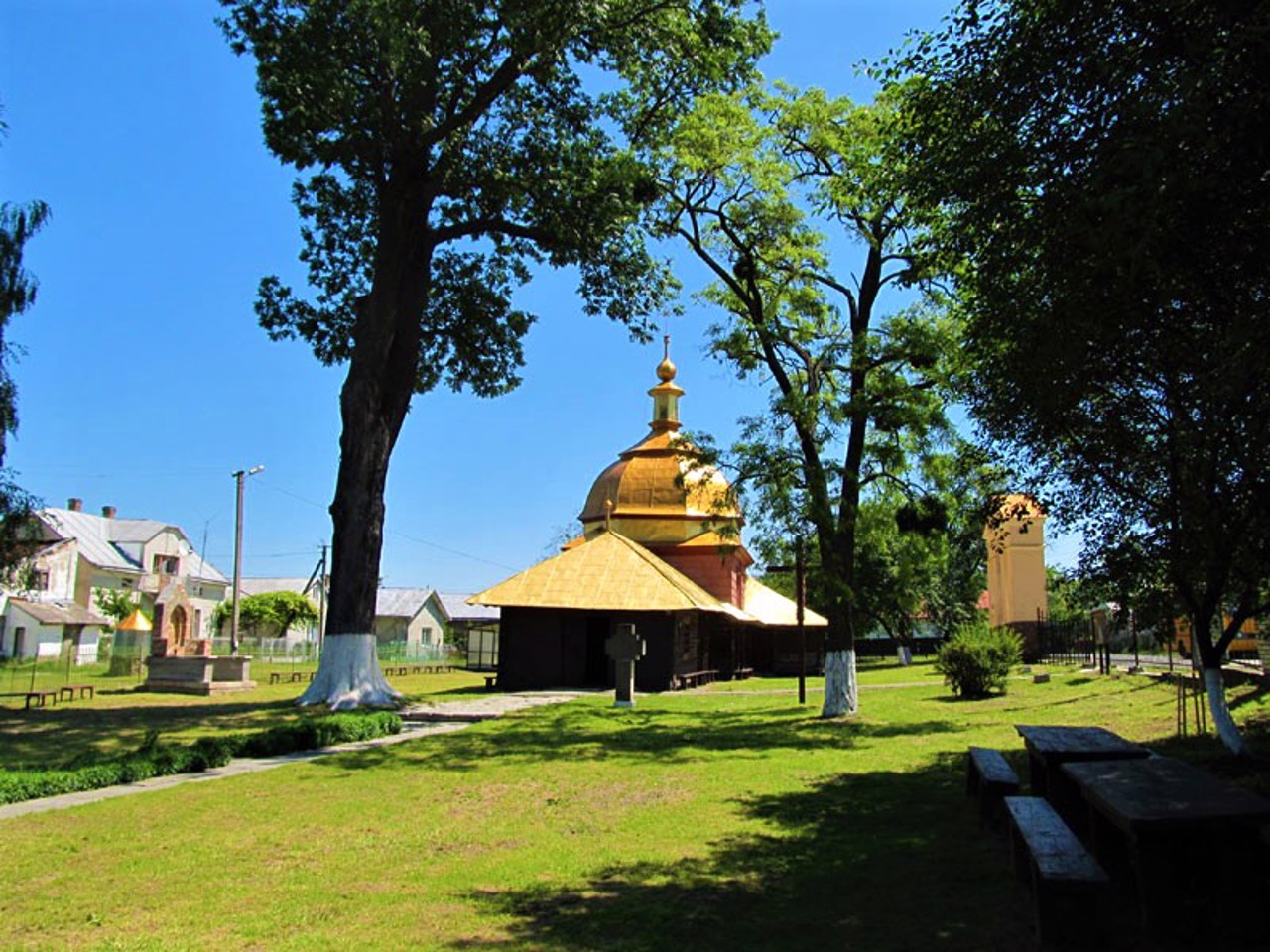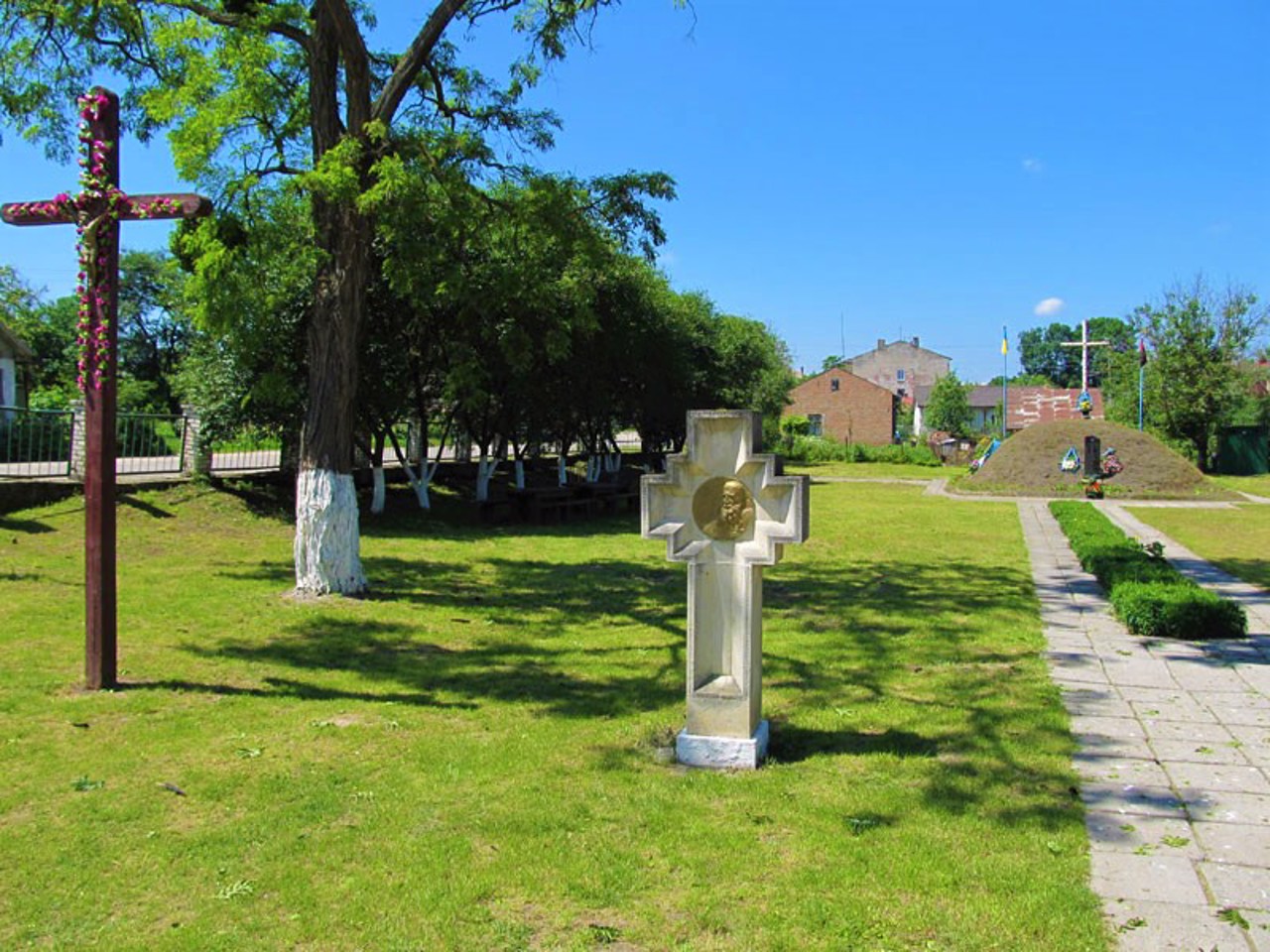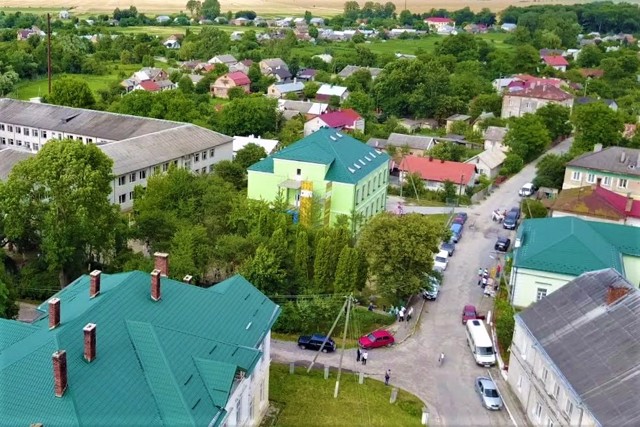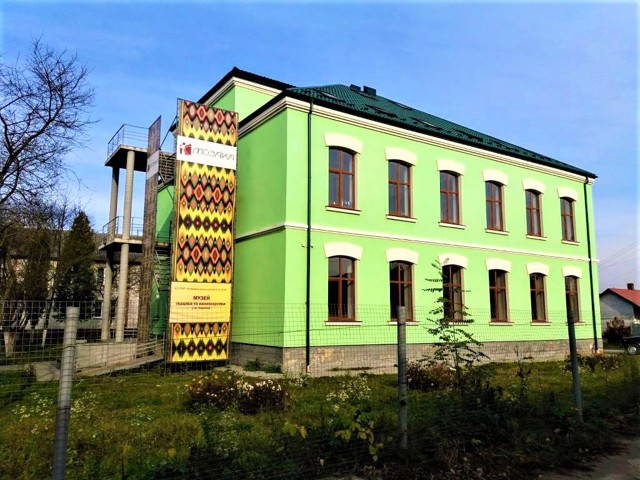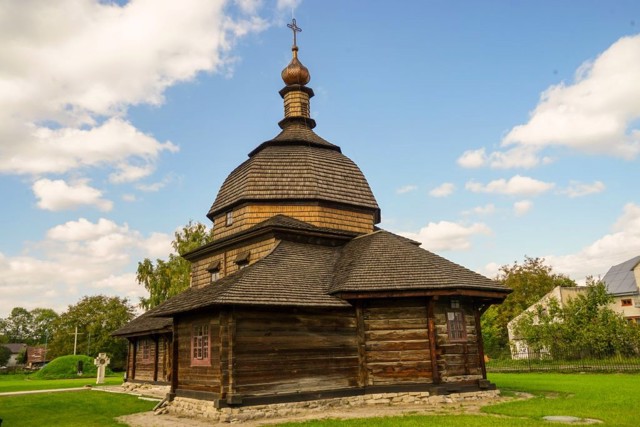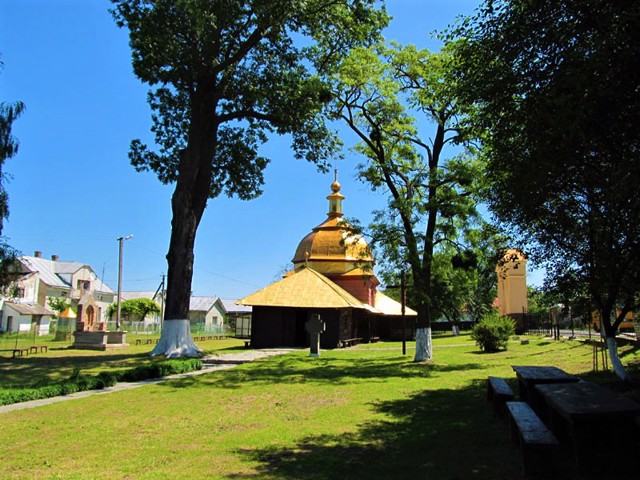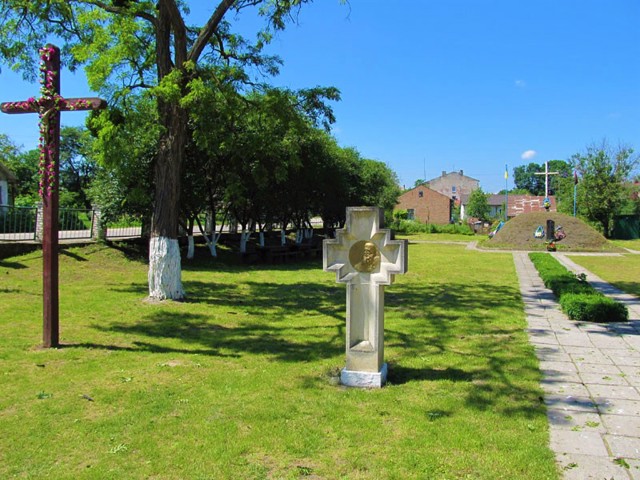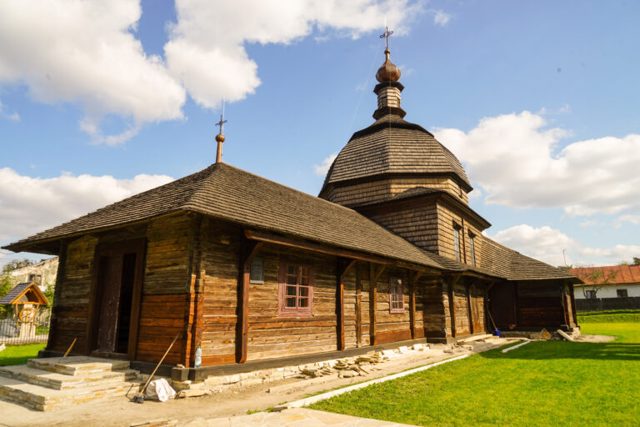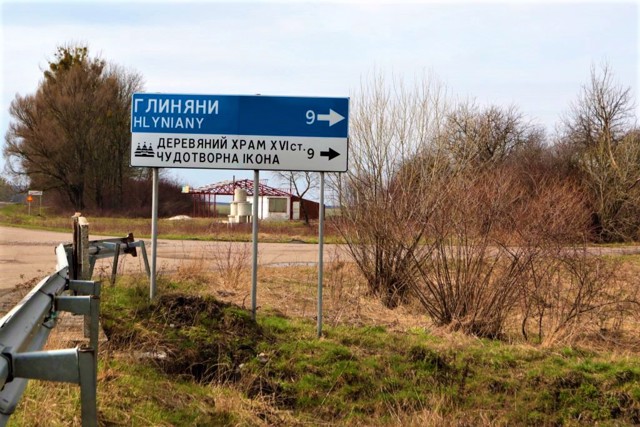Functional temporarily unavailable
General information about Hlyniany
The city of Hlyniany is located 40 kilometers east of Lviv, between Busk and Peremyshliany, away from the main highways.
The name is associated with the fact that in ancient times local houses were built mainly of clay.
Hlyniany was first mentioned in 1379 as the property of the Polish king. In 1397, the Lviv mayor Yan Tarnovsky granted Petro Shydel the right to found the city, after which it received Magdeburg law and became the property of the Krushelnytsky family.
In the 17th century, there was a wooden Hlyniany castle with earthen ramparts (not preserved). In 1648, hetman Bohdan Khmelnytsky stopped here before his march to Lviv, and a year later - Polish king Yan Kazymyr with his army. Later, Jan Sobesky, Ivan Mazepa visited here.
During the Austrian times, H ...
The city of Hlyniany is located 40 kilometers east of Lviv, between Busk and Peremyshliany, away from the main highways.
The name is associated with the fact that in ancient times local houses were built mainly of clay.
Hlyniany was first mentioned in 1379 as the property of the Polish king. In 1397, the Lviv mayor Yan Tarnovsky granted Petro Shydel the right to found the city, after which it received Magdeburg law and became the property of the Krushelnytsky family.
In the 17th century, there was a wooden Hlyniany castle with earthen ramparts (not preserved). In 1648, hetman Bohdan Khmelnytsky stopped here before his march to Lviv, and a year later - Polish king Yan Kazymyr with his army. Later, Jan Sobesky, Ivan Mazepa visited here.
During the Austrian times, Hlyniany was located at a distance from the main transport routes, which slowed down the development of the city, which was famous for its weaving products. To this day, it remains as if preserved in time.
The very old wooden Church of the Assumption (XV century), the Church of the Holy Spirit (XVII century), and the great Saint Nicolas Church (XIX century) have been preserved.
Місто Глиняни розташоване в 40 кілометрах на схід від Львова, між Буськом та Перемишлянами, осторонь від основних магістралей.
Назву пов'язують з тим, що в давнину тутешні хати будували переважно з глини.
Вперше Глиняни згадуються у 1379 році як власність польського короля. В 1397 році львівський староста Ян Тарновський надав Петру Шиделю право на заснування міста, після чого воно отримало Магдебурзьке право і перейшло у власність роду Крушельницьких.
В XVII столітті існував дерев'яний Глинянський замок з земляними валами (не зберігся). В 1648 році перед походом на Львів тут зупинявся гетьман Богдан Хмельницький, а рік по тому - польський король Ян Казимир зі своїм військом. Пізніше тут бували Ян Собеський, Іван Мазепа.
За австрійських часів Глиняни опини ...
Місто Глиняни розташоване в 40 кілометрах на схід від Львова, між Буськом та Перемишлянами, осторонь від основних магістралей.
Назву пов'язують з тим, що в давнину тутешні хати будували переважно з глини.
Вперше Глиняни згадуються у 1379 році як власність польського короля. В 1397 році львівський староста Ян Тарновський надав Петру Шиделю право на заснування міста, після чого воно отримало Магдебурзьке право і перейшло у власність роду Крушельницьких.
В XVII столітті існував дерев'яний Глинянський замок з земляними валами (не зберігся). В 1648 році перед походом на Львів тут зупинявся гетьман Богдан Хмельницький, а рік по тому - польський король Ян Казимир зі своїм військом. Пізніше тут бували Ян Собеський, Іван Мазепа.
За австрійських часів Глиняни опинилися на відстані від основних транспортних шляхів, що сповільнило розвиток міста, яке славилося продукцією ткацтва. Донині воно залишається ніби законсервованим в часі.
Збереглася дуже давня дерев'яна Успенська церква (XV сторіччя), костел Святого Духа (XVII століття), велика Миколаївська церква (XIX століття).
Сплануй своє перебування у Hlyniany
What to see and where to go in Hlyniany
Tourist attractions and museums of Hlyniany
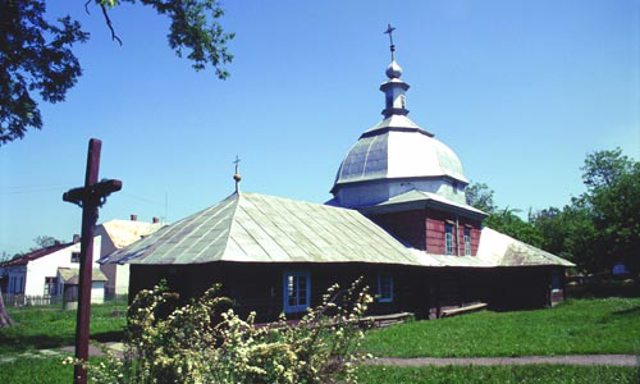
Assumption of Holy Virgin Church
Temple , Architecture
The Greek-Catholic Church of the Assumption of the Holy Virgin in Hlyniany is one of the oldest wooden churches in Galicia.
Officially, the date of its foundation is considered to be the 17th century, although the Orthodox parish in Hlyniany existed in the 15th century. The three-log, one-story church is located on the territory of the former northern suburb.
According to legend, Hetman Ivan Mazepa prayed here, and Hetman Bohdan Khmelnytskyi planted two old ash trees in the yard.
In the Church of the Assumption there is an icon of the crucifixion of Jesus Christ (15th century), which is associated with the legend of self-renewal: in 1936, the enthroned image, blackened by time, was purified by itself and covered with gilding.
In 1937, a bell tower was built at the entrance to the yard.
After the Second World War, the church was closed and the premises were transferred to the museum of carpet weaving, but the miraculous image was preserved, people continued to come to it and hold services.
Currently, the Assumption Church is in need of restoration.

Holy Spirit Church
Temple , Architecture
The Church of the Holy Spirit in Hlyniany was built in 1791-1831 in the style of early classicism, but at the beginning of the 20th century it was rebuilt in the neo-baroque style.
Before that, several wooden churches were built in Hlyniany from the 14th century, which often burned during fires. The new stone temple was consecrated in 1840 - these numbers are indicated on the facade. The main shrine was the icon of the Mother of God of Lopatyn, which was taken to Poland at the end of the Second World War.
In Soviet times, the building was used as a warehouse, then as office premises.
In 2000, the restored Church of the Holy Spirit was re-consecrated. It belongs to the Roman Catholic community of the city.
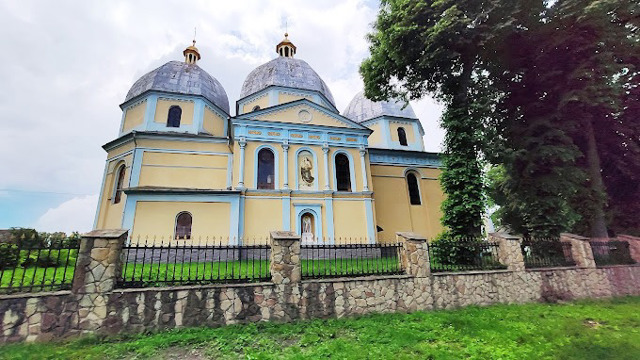
Saint Nicholas Church
Temple , Architecture
The Greek-Catholic Church of Saint Nicholas in Hlyniany was built in 1894 on the site of the old wooden church founded in 1632.
In 1932-1933, the interiors were painted by the famous Galician artist Severyn Boracek.
During the Soviet era, the temple was closed and abandoned.
Divine service was resumed in 1989, the church was restored. The frescoes on the walls are shining with colors again - the local priest claims that they have miraculously restored themselves.
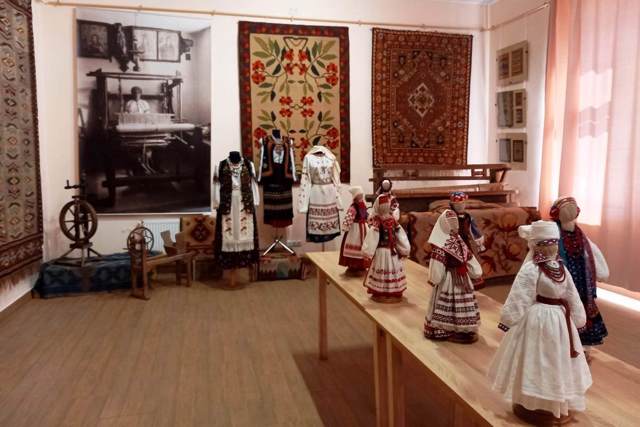
Weaving and Carpet Making Museum
Museum / gallery
The Museum of Weaving and Carpet Making was opened in 2016 in Hlyniany, which at the end of the 19th century became one of the centers of the development of weaving and carpet making in Halychyna, when the weaving factory "Tovarystvo tkatske" was founded here.
In interwar times, it became famous as Mykhailo Hamul's factory, which produced carpets based on the sketches of prominent Ukrainian modernist artists. After the Second World War, it became the factory of art products "Victory". Until it closed in the mid-1990s, the factory produced carpets, tablecloths and bedspreads. In order to preserve the carpet-making traditions of Hlyniany, a multi-purpose educational and production complex "Mosaic" was created in Hlyniany, a part of which became the Museum of Weaving and Carpet-Making. The exposition presents carpets based on the drawings of artists Vasyl Tsyon, Pavlo Kovzhun, Sofiya Stryenska. Also on display is a carpet, which in 1947 refugees from Bukovyna exchanged for a bag of wheat to save themselves from starvation.
Workshops on weaving and carpet making are held on the basis of the museum.
The Museum of Weaving and Carpet Making in Hlyniany is a subdivision of the Historical and Local History Museum of Vynnyky. The exhibition will soon move to a new premises at Svyatoho Mykolaya Street, 10.
Reviews Hlyniany
Geographical information about Hlyniany
| {{itemKey}} | {{itemValue}} |
|---|---|
| Region |
Lviv |
